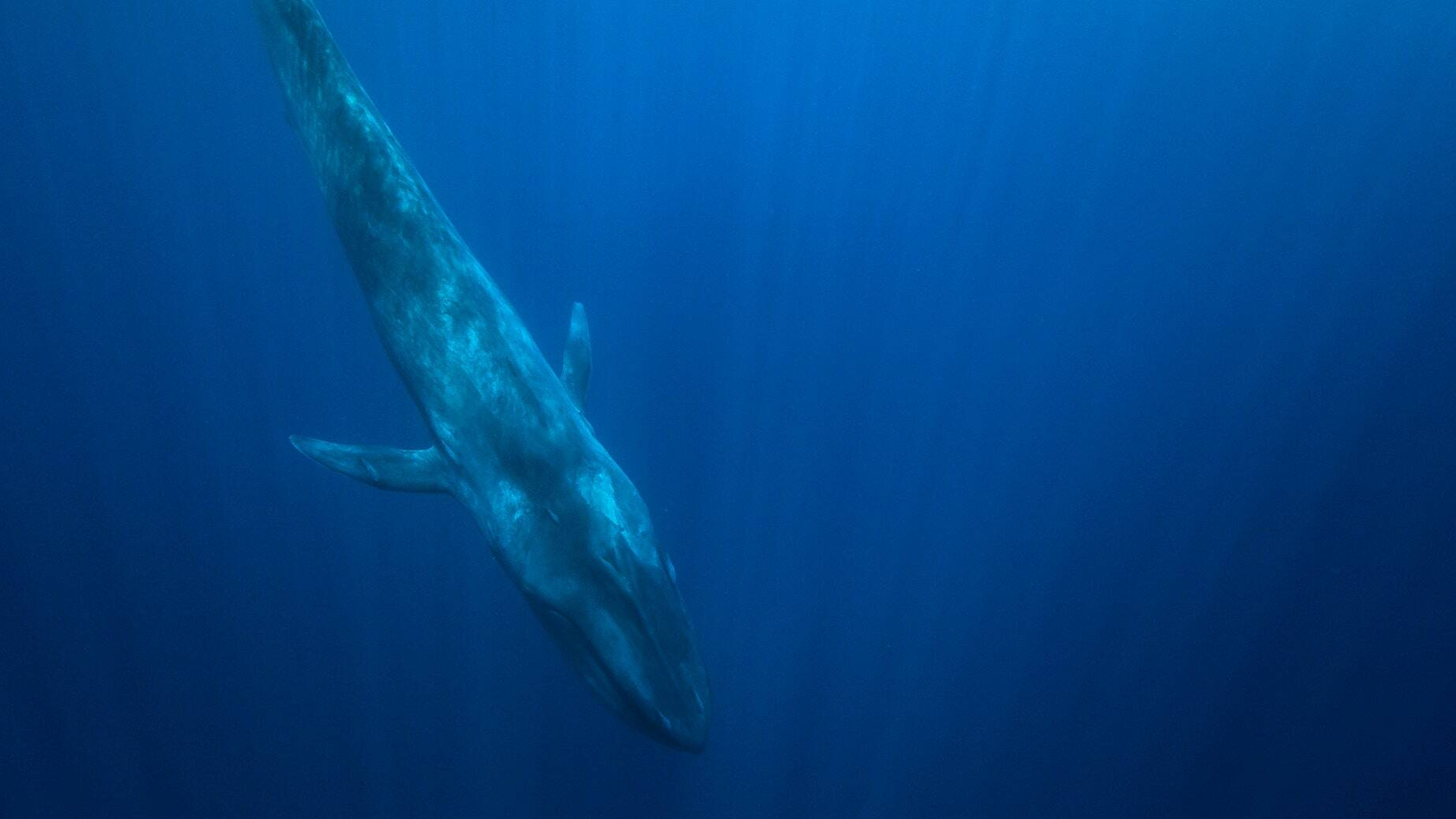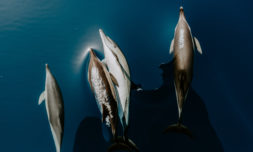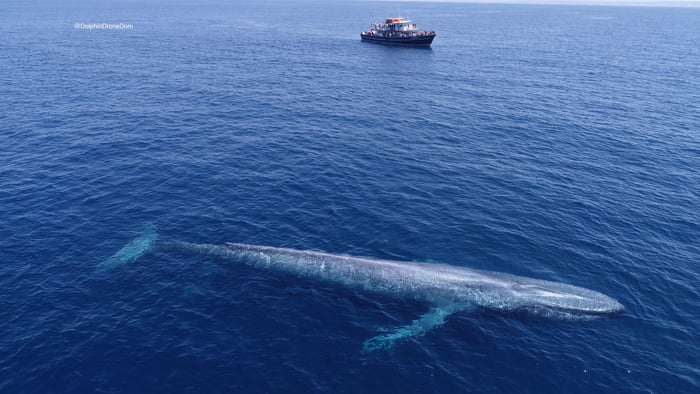Off the coast of Sri Lanka, a unique pod of blue whales circulate the waters all year round. Environmentalists are calling for shipping routes to be adjusted to keep them safe.
In 2008, a unique and endangered pod of whales was discovered in the Indian Ocean.
Most blue whales typically migrate far distances for food, but the group living off the tip of Sri Lanka are believed to stay in the region throughout the year, feeding on shrimps, and communicating with one another through distinct vocal sounds.
After studying the pod for almost two decades, scientists suggest that this specific pod could be a totally new subspecies of the blue whale. The researchers are now calling for shipping routes in the area to be changed to protect them within the busy port.
Altering the routes of cargo ships is both a feasible and realistic solution – a minor change would have a huge and immediate impact on their safety – unlike the lengthy task of clearing plastic pollution which has been a massive problem for cetaceans who ingest them.






















